Hannah Dela Cruz
Sourdough Obsessed Bread Maker

We conclude our 2020 teafluencer series with Hannah Dela Cruz, a self-admitted “sourdough obsessed” bread maker and popular blogger. We asked Hannah about her love of sourdough, what inspires her and how tea plays a role in her personal and professional life. Bonus: Hannah has made a recipe just for Harney that we’re sharing with you on a knead to know basis! Read on to see how Hannah has risen to the top of her profession.
Harney: Tell us a little about you. Where are you from, educational background, where you live, family, etc.
Hannah: I was born in the Philippines and immigrated to the U.S. when I was 13 years old. I consider Philadelphia my hometown and lived there until I graduated from the University of Pennsylvania with a degree in history in 2012. After graduating from college I moved to Las Vegas to pursue a career in PR. I recently moved to Tucson, AZ.

Harney: How long have you been baking? Where did an interest in baking come from?
Hannah: I’ve been baking for as long as I can remember, there’s a deep love for cooking and food in the Filipino culture, and some of my fondest memories are of watching my mom make traditional Filipino desserts. But my first memory of actually baking is helping my sister bake a batch of oatmeal chocolate chip cookies, and I’ve been addicted to baking ever since!
Harney: When did you start baking with sourdough? Why? What is it about sourdough that appeals to you?
Hannah: I started baking sourdough about two years ago out of curiosity. I quit my full-time job at the time because of career burnout, and sourdough became a sort of escape, providing structure during a very uncertain time in my life.
There are so many things I love about sourdough. I love nurturing my starter, the tactile nature of creating a loaf of bread, and I quite enjoy the problem-solving aspect of bread making. Sourdough can be quite unpredictable at first, and understanding your starter takes a lot of practice. In the beginning, it’s like a new friend that you are still getting to know; you need to understand what makes it happy or what variables affect it negatively so that you can best respond to its “moods.” With lots of practice, you can learn to control for variables like changes in temperature, humidity, etc. so you can create good bread consistently.

Harney: Explain to us the science behind sourdough and how it works.
Hannah: Ha! Ok -- I’ll try. The same processes that occur in sourdough baking are the same ones that occur in cheesemaking, brewing beer and preserving vegetables -- fermentation. In the case of sourdough, wild yeasts digest flour and produce carbon dioxide and bacteria as a byproduct. The carbon dioxide then gets trapped in gluten that’s formed during the dough development process, and this is how bread rises.

Harney: Many people are intimidated by sourdough. Feeding it, and then knowing what to do with it as it can start to feel like it’s growing and overtaking your kitchen. Before long, you’re giving sourdough starter to friends and strangers. What would you say to encourage someone to feel comfortable jumping into the sourdough pool, so to speak? And what do you do with all that sourdough?
Hannah: Sourdough really doesn’t need to take over your life (like it did with mine - ha) and the process is actually really flexible. It is quite intimidating at first, but once you have a cursory understanding of fermentation, it’s really quite simple. I usually keep a very small amount of sourdough, about a ¼ of a cup, and this is enough unless you are running a bakery. Whenever I feed my starter, I usually keep any discard in a separate container and use it for different dishes like brownies, cookies or even pasta. You can keep your starter in the refrigerator and feed it once a week once it has matured. I’ve found that starters are extremely resilient if you put in the work in the beginning to really ensure that your starter is strong. By keeping a small amount of mother starter and using discard in bakes, sourdough can be really fun and manageable. You won’t even need to give it away, you can keep it all to yourself!
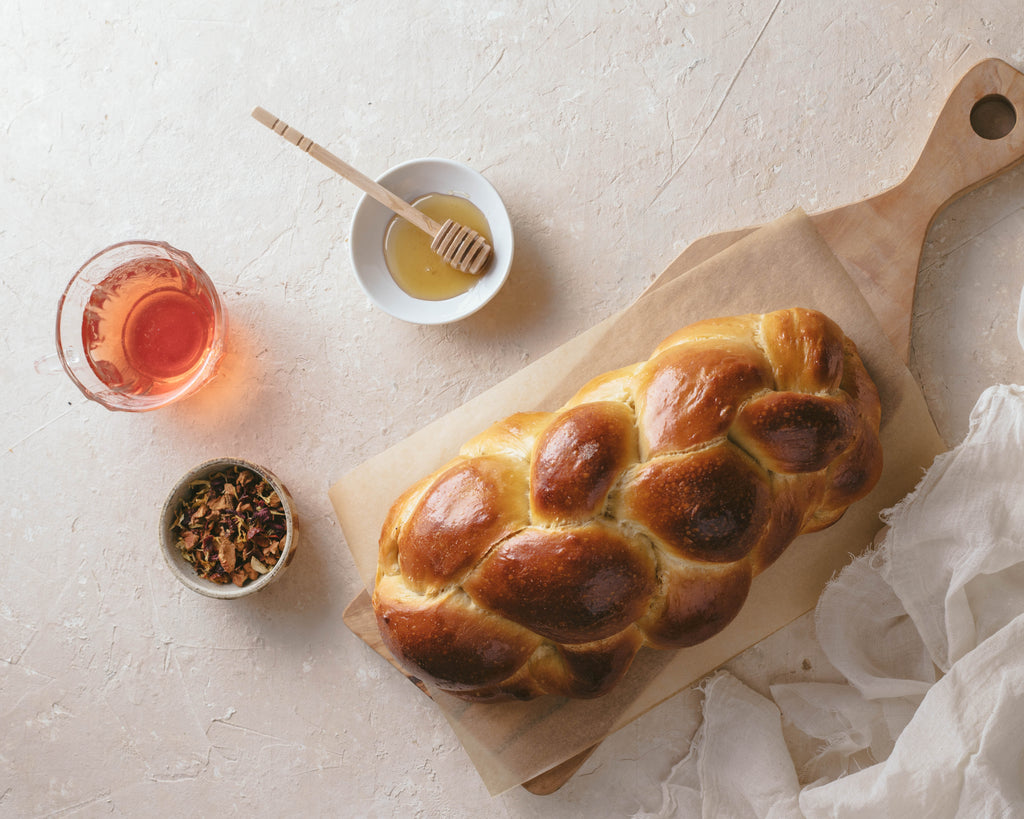
Harney: What is sourdough discard? It sounds like sourdough that’s about to be taken to Goodwill. How is it different from regular sourdough?
Hannah: Sourdough discard is basically any leftover starter from the feeding process that you will not be using for baking. I usually keep mine in a separate container in the refrigerator. The difference between discard and “regular” sourdough is that you don’t need to feed it, and you really can’t use it to make bread since the yeasts are unfed and too weak to make bread rise.
Harney: Congratulations on being a Reader’s Choice winner of the 2019 Saveur Magazine Blog Award in the Special Interest Category! When did you start your blog, and what inspired you to do so? What do most enjoy about it?
Hannah: I created my blog a few months after I created my sourdough starter (Sept. 2018) as a way to document everything I learned about taking care of my starter and to share my favorite recipes. It soon became a really fun creative outlet and allowed me to challenge myself to create different recipes that incorporate sourdough in fun and unique ways. Winning a Saveur Blog Award was quite a surprise as I hadn’t been blogging for a long time. Taking the Reader’s Choice award was such an honor, and it was amazing to be around such talented bloggers.

Harney: A second shout out to you for publishing your first cookbook! Sourdough Every Day just came out this month. How exciting is that? Tell us about the process of creating a cookbook, what you learned, how you choose your recipes and how it feels to have accomplished this feat.
Hannah: Creating a cookbook was such an amazing experience. It was definitely hard work, but it’s something that I really wanted to accomplish, and I am so lucky to have done so in such a short amount of time. I chose the recipes for the cookbook the same way that I choose recipes for my blog. I really try hard to push what’s possible with sourdough, so I try and incorporate it in dishes that people wouldn’t normally expect, like dumpling wrappers, ramen noodles, graham crackers and cakes!

Harney: Here at Harney, we are totally stoked about our partnership with you. You’ve incorporated one of our teas into a recipe made especially for us: Sourdough Earl Grey White Chocolate Blueberry Rolls (see recipe below). The recipe title itself is a mouthful, we can’t wait to stuff a big bite of these delicious rolls in our mouths! Please tell us how you came up with this recipe… it’s the yeast you can do!
Hannah: I really love the flavor of Harney’s Viennese Earl Grey, so I wanted to create a recipe that would let that flavor shine. The sourdough in the dough and the tang of the blueberries compliment the floral notes of Earl Grey in a really lovely way.

Harney: What does the art of baking represent for you? What does it bring to your life?
Hannah: Baking is my creative outlet and my escape from the world. Bread is like a blank canvas that I can play around with, whether it’s trying out new flavors, scoring patterns or shapes. Baking also helps me unplug and disconnect from the rest of the world. The act of using my hands to create something out of nothing is deeply meditative.
Harney: How about tea? We know you’re a fan. Is tea part of your daily life?
Hannah: I always start my mornings with a cup of Earl Grey or black tea and end my night with an herbal or fruit tea. I love Harney’s Teas because of all of the wonderful flavor combinations, and they also serve as an inspiration for new flavors in my bakes.

Harney: Do you have any favorite flavors or types of Harney & Sons tea (or anything on your list to try?)
Hannah: Butterfly pea flower and matcha are two of my absolute favorites because they are beautiful, natural dyes that impart beautiful colors on breads. I’m always trying out new flavors to see if I can discover new dyes that I can share with my followers.
We are grateful to Hannah for sharing not only her time and story with us, but for creating an amazing recipe specifically for Harney. Check it out, as well as more about Hannah’s beautiful recipes on her website, Instagram and Facebook pages. All photography was provided by Hannah.

Sourdough Earl Grey White Chocolate Blueberry Rolls
Regular cinnamon rolls get a sophisticated update with floral notes of Viennese Earl Grey, fresh blueberries and naturally leavened bread. Cornstarch is the secret to this bread’s incredibly soft and tender crumb.
Ingredients
Dough
- 3 cups all-purpose flour
- ⅓ cup cornstarch
- 1 tsp salt
- ¼ cup sugar
- Zest of 1 lemon
- 1 ⅓ cup active sourdough starter
- 1 ½ cup milk
- 1 egg
- 1 stick softened unsalted butter
Filling
- 1 cup fresh blueberries
- 1 ⅛ cup white chocolate chips
- 3 tbsp loose Harney Viennese Earl Grey tea
- ¼ cup warm whole milk
- 4 tbsp unsalted butter
Glaze
- 5 tbsp softened cream cheese
- 4 tbsp softened unsalted butter
- ¼ cup whole milk
- ½ cup powdered sugar

Directions
- In a large bowl, whisk together all-purpose flour, cornstarch, salt, sugar and lemon zest.
- In a separate bowl, beat sourdough starter and egg into milk until well combined (it’s OK if your starter doesn’t fully dissolve).
- Pour wet ingredients into flour mixture and stir to combine until the flour is fully hydrated and the dough looks well incorporated. Place your dough into a clean container, cover with plastic wrap and allow the dough to rest for 30 minutes (allowing your dough to rest will make it easier to knead).
- Once rested, knead the dough for 5 to 10 minutes or until it looks smooth and feels soft and supple.
- Cover your dough, set aside and allow it to rise undisturbed until it has doubled in volume (about 4 to 6 hours).
- Once your dough has risen, deflate the dough, cover and place your dough in the refrigerator for an overnight rest.
- The next day, make your filling by steeping the Viennese Earl Grey tea in whole milk for 10 minutes. While your milk steeps, combine white chocolate and butter and heat in the microwave for 15 to 20 seconds.
- Strain tea leaves out of the milk tea and add to the white chocolate. Stir mixture until the white chocolate has completely melted. Set aside to cool.
- Turn your dough out onto a clean work surface and using a rolling pin, roll it out into a 13.5-inch square.
- Spread your white chocolate filling evenly on your dough, leaving a 1-inch margin all around. Sprinkle blueberries all over.
- Roll your dough tightly into a log. Cut into 9 even, 1.5-inch slices and place in a parchment-lined 10-inch springform cake pan. Cover your pan with plastic wrap and allow it to rise at room temperature for 1 to 3 hours (until your rolls look puffy and have increased in volume).
- Preheat your oven to 400° F, place rolls into the oven and lower the temperature to 350° F. Bake for 30 to 35 minutes or until your rolls are lightly golden brown and the center rolls are cooked through.
- While rolls are baking, create your glaze by combining glaze ingredients, beat using a hand mixer or whisk until fully combined and smooth. I like to use an immersion blender for a perfectly smooth glaze.
- Spread glaze over baked rolls and enjoy with a cup of Earl Grey tea!
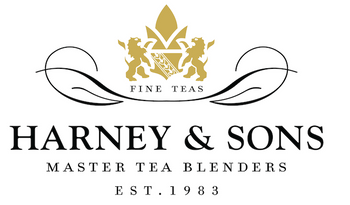

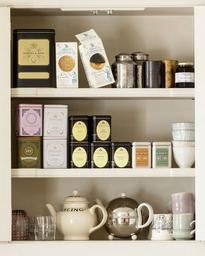
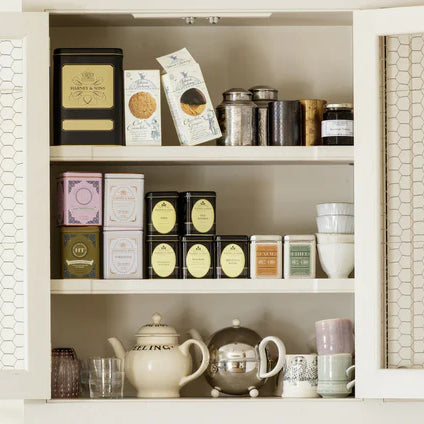
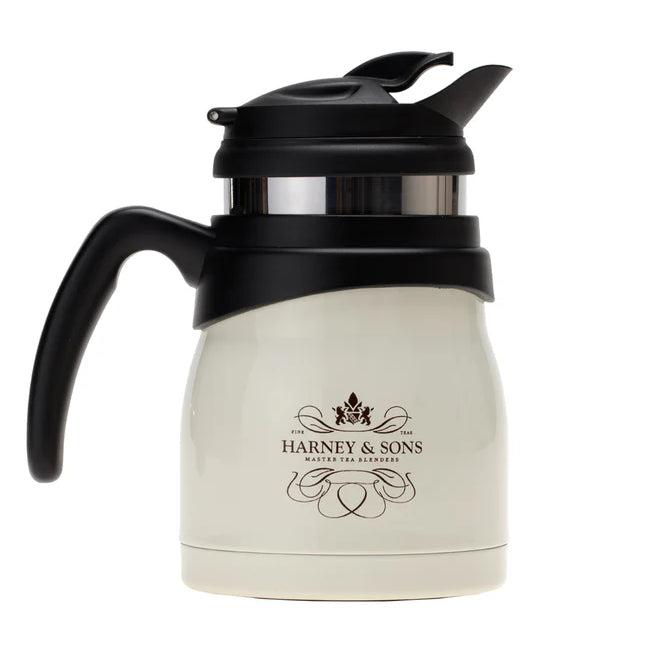
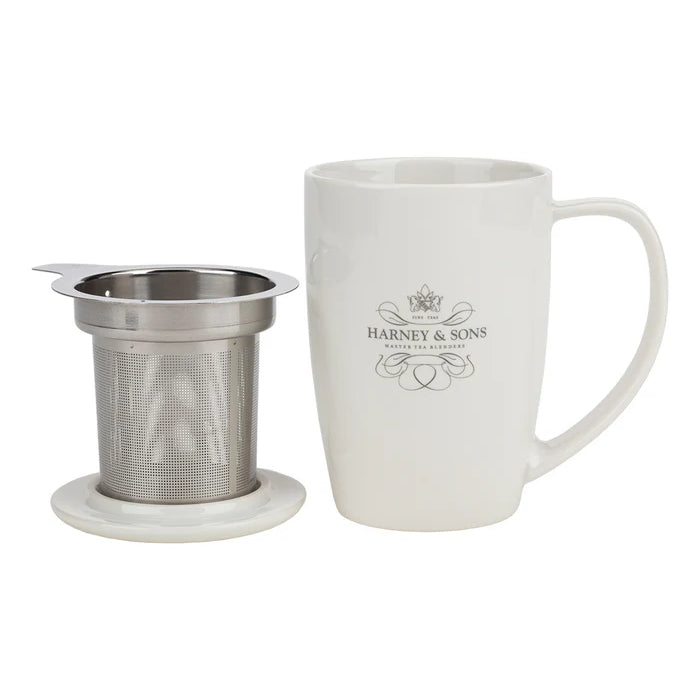
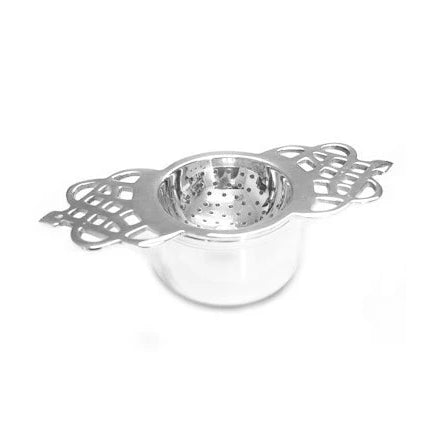
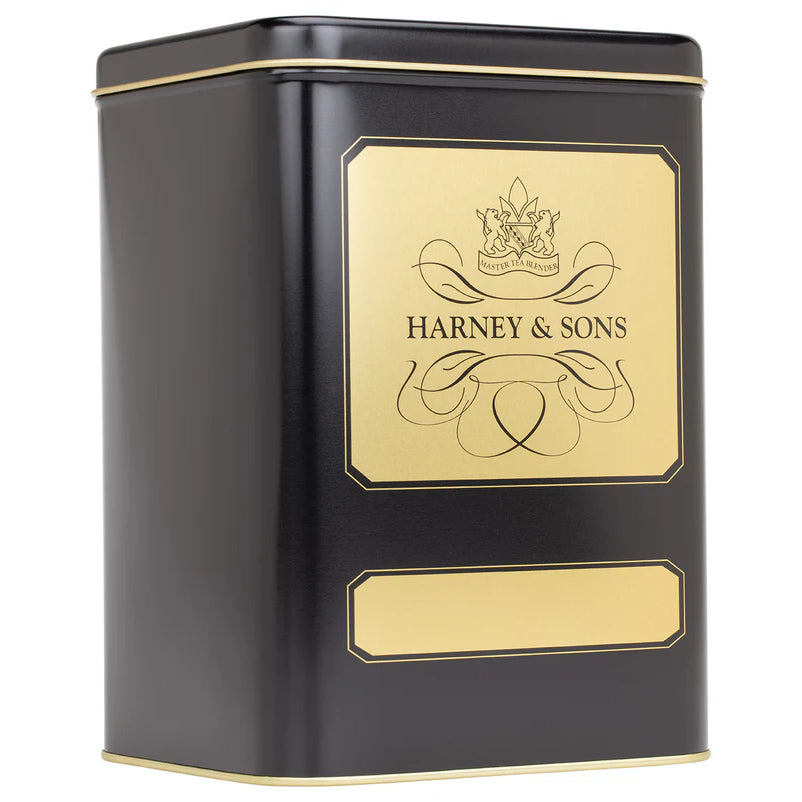
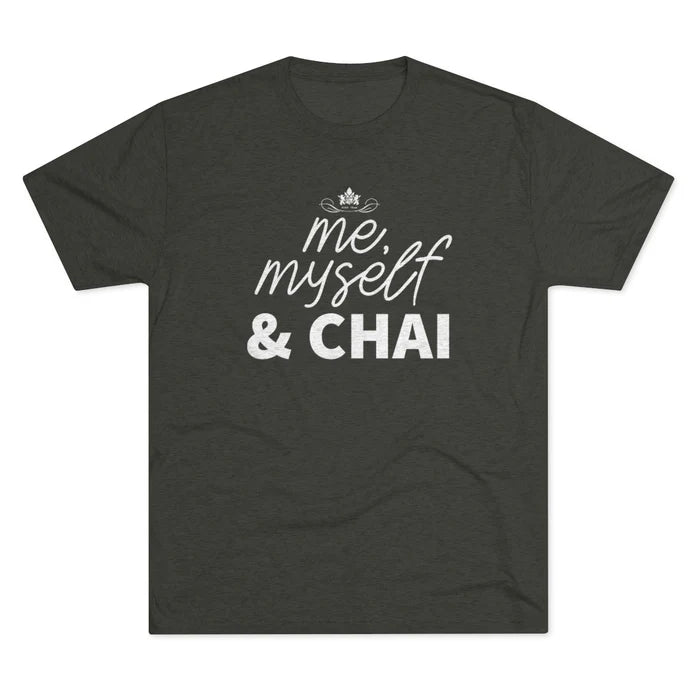
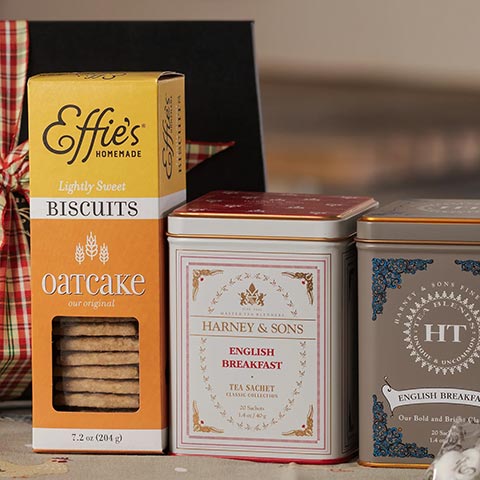
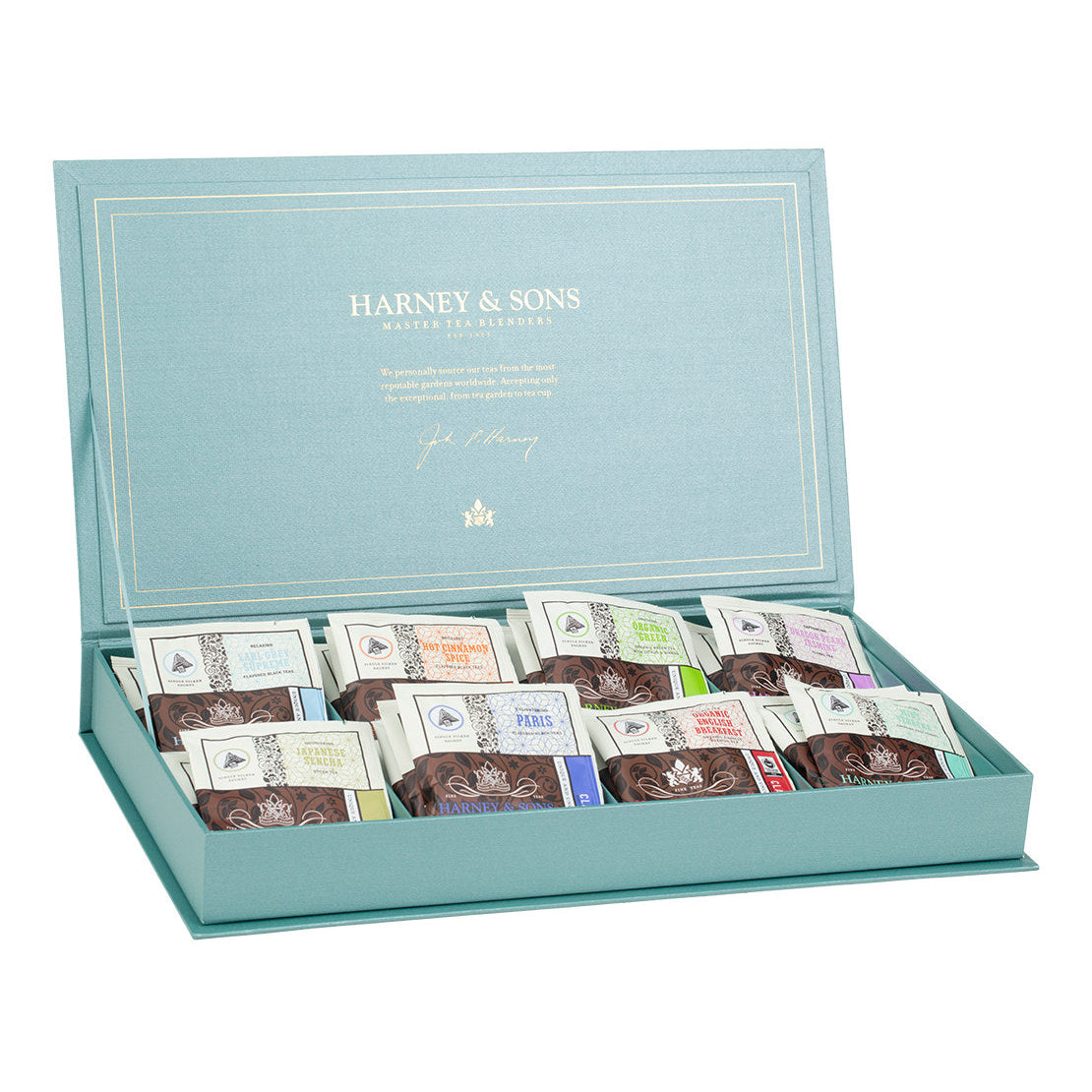
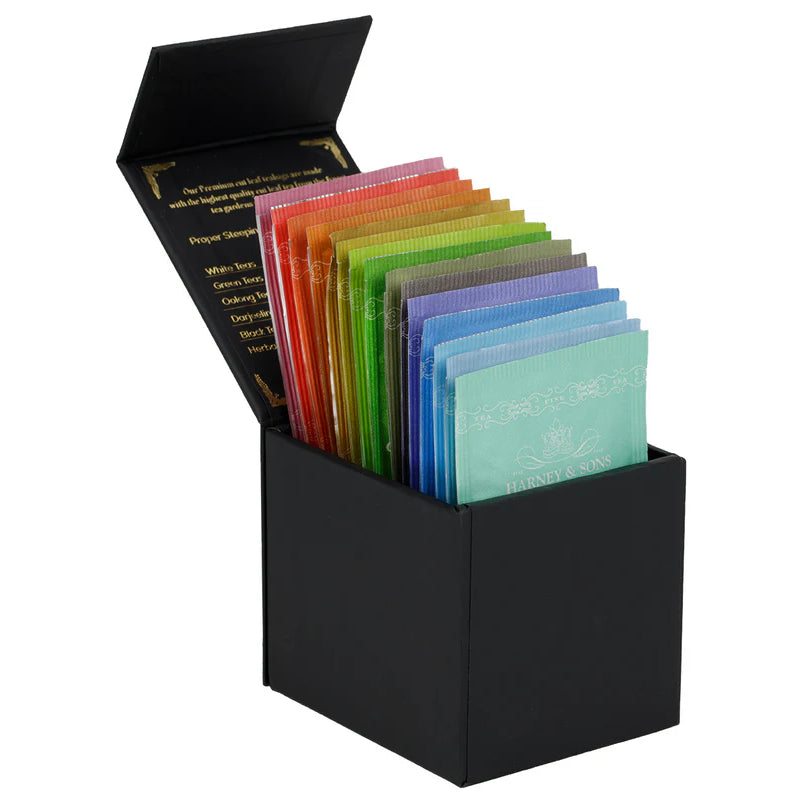

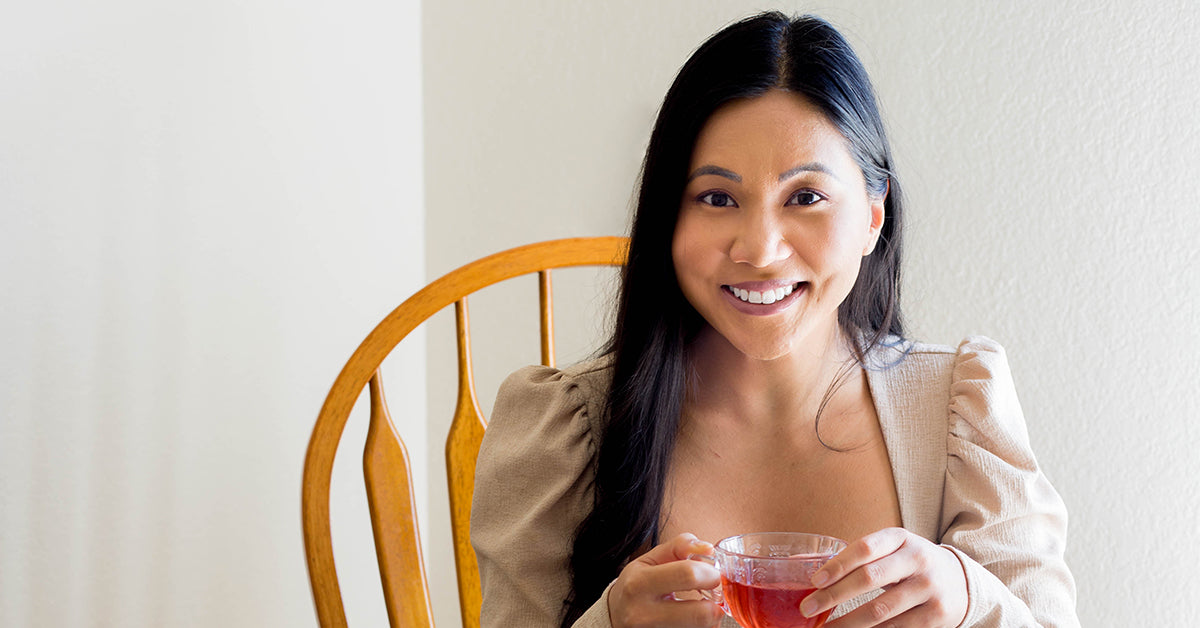
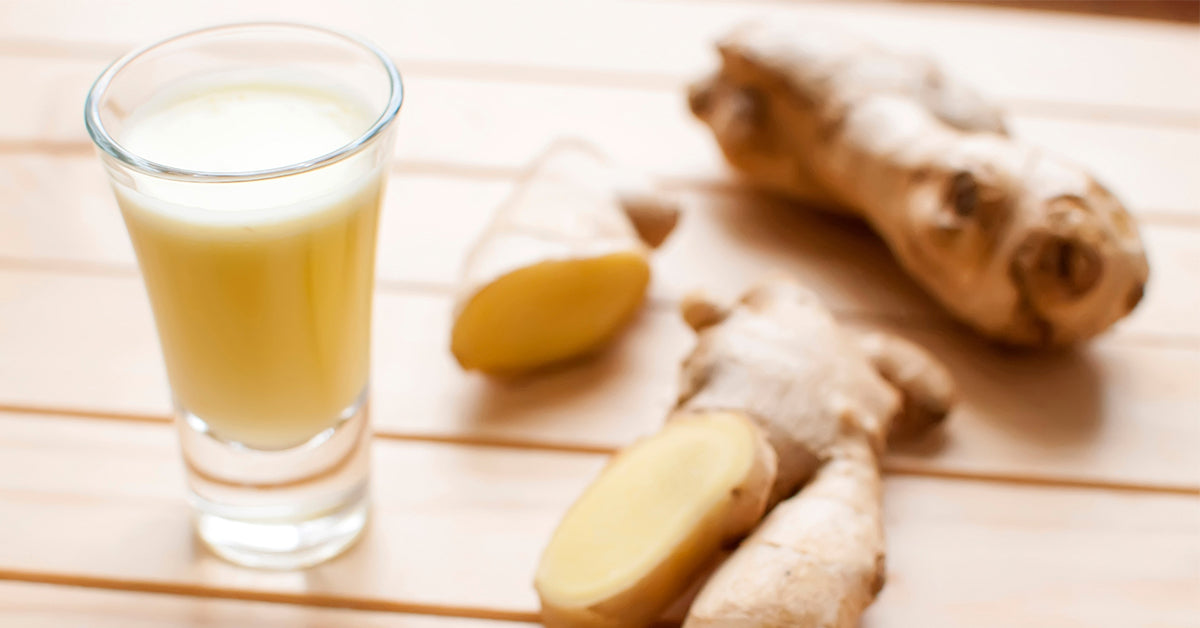
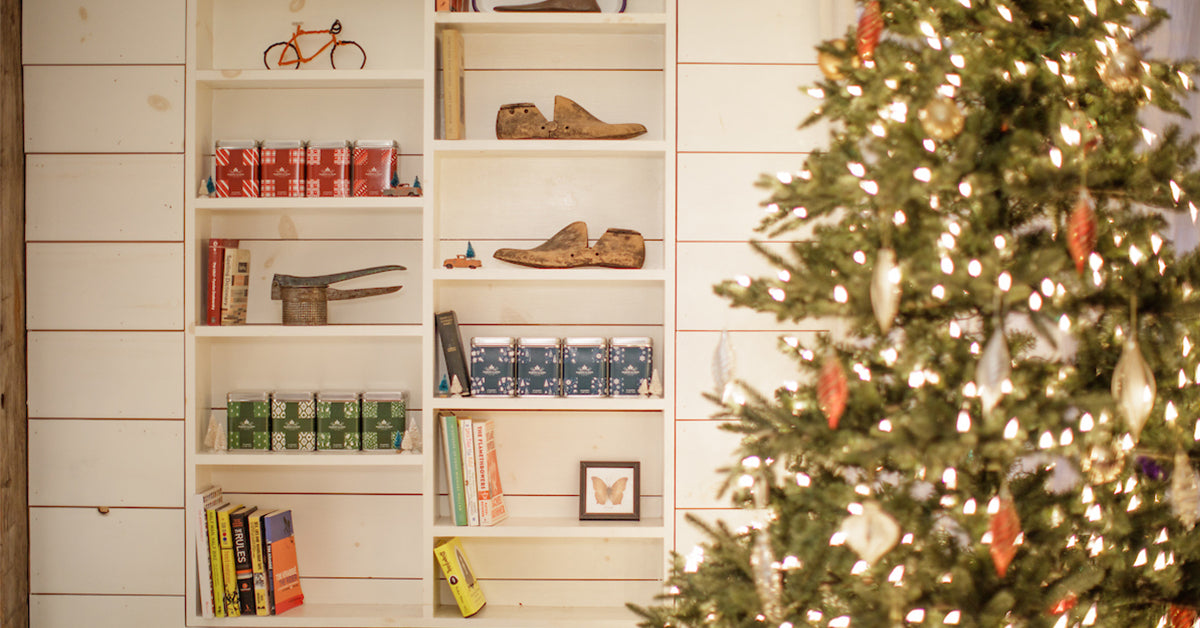
3 comments
Nora Mills
Just discovered this series. It’s a great idea and so far I’m loving the two women I’ve met. PS: I got my Scottish Afternoon Tea yesterday just in time for the BurnsBigNight In—the tea is delicious and the program was a delight. Thank you!
Just discovered this series. It’s a great idea and so far I’m loving the two women I’ve met. PS: I got my Scottish Afternoon Tea yesterday just in time for the BurnsBigNight In—the tea is delicious and the program was a delight. Thank you!
Ange
These rolls sound amazing. I really like the idea of incorporating the Harney tea flavors in your baking. Sourdough has always intimidated me, but the idea if using your discards in other baking is intriguing. Harney, thanks for introducing Ms. Dela Cruz to me.
These rolls sound amazing. I really like the idea of incorporating the Harney tea flavors in your baking. Sourdough has always intimidated me, but the idea if using your discards in other baking is intriguing. Harney, thanks for introducing Ms. Dela Cruz to me.
Richard August Rosa
Interesting article and I’d love to try the recipe. As a novice baker, I do not know how to make a Sourdough Starter.I did not see a recipe for the Sourdough starter Hannah would use.
Thanks – Richard
P.S. Harney Teas are the best.
Interesting article and I’d love to try the recipe. As a novice baker, I do not know how to make a Sourdough Starter.I did not see a recipe for the Sourdough starter Hannah would use.
Thanks – Richard
P.S. Harney Teas are the best.